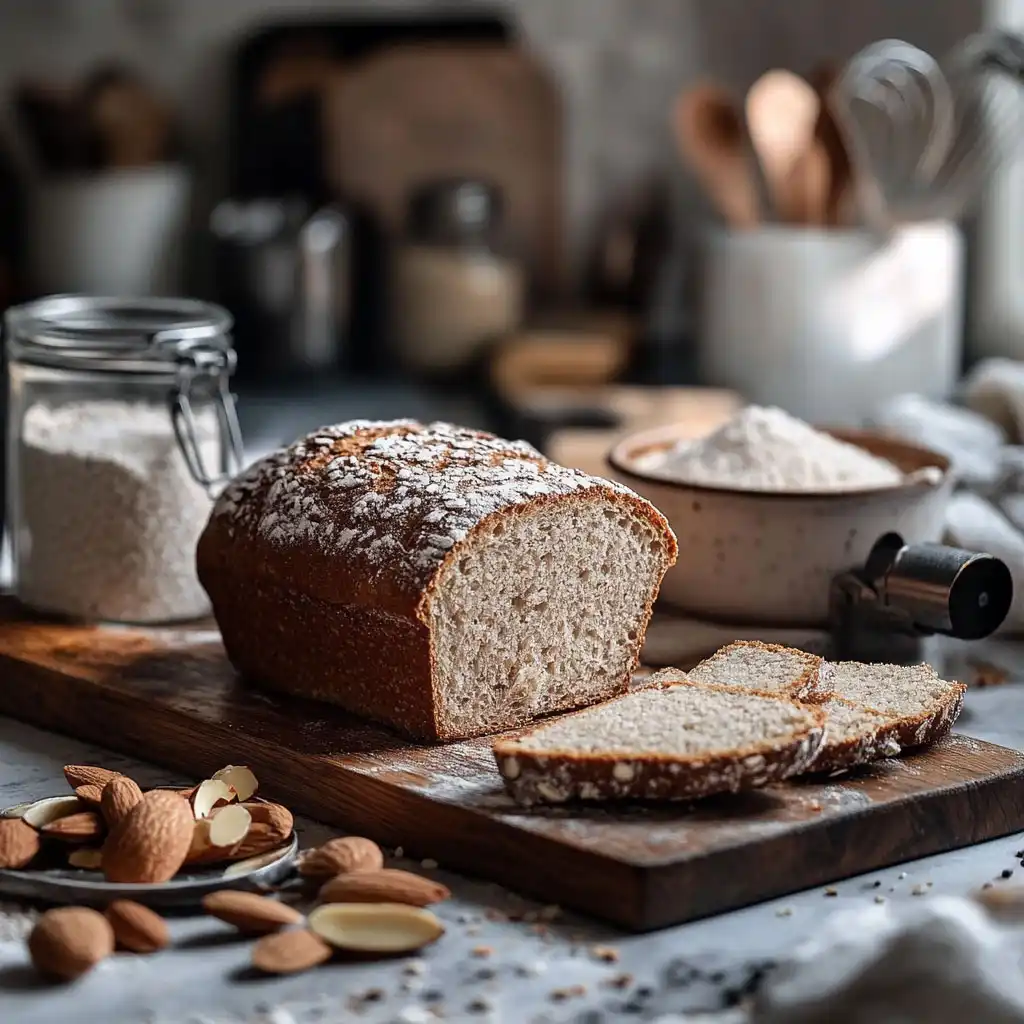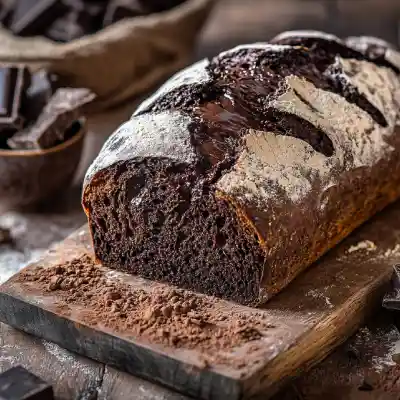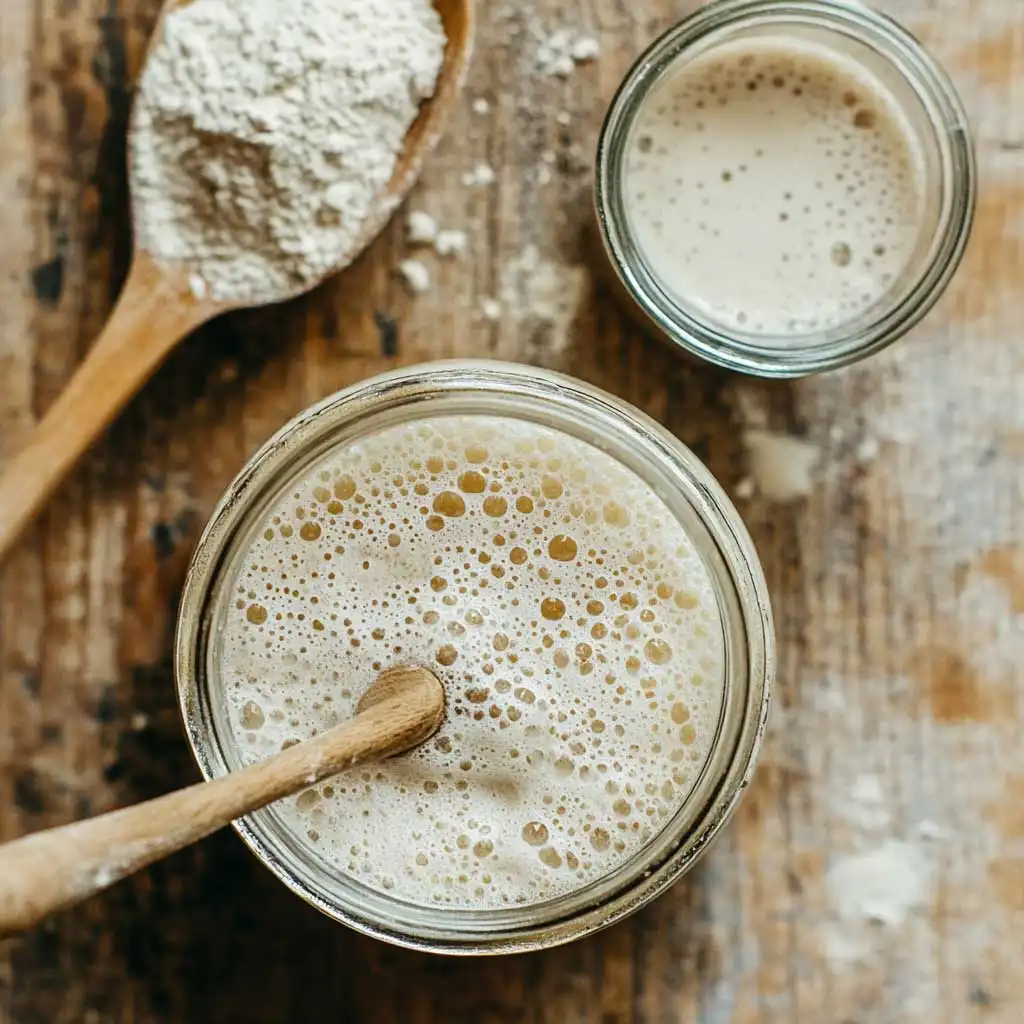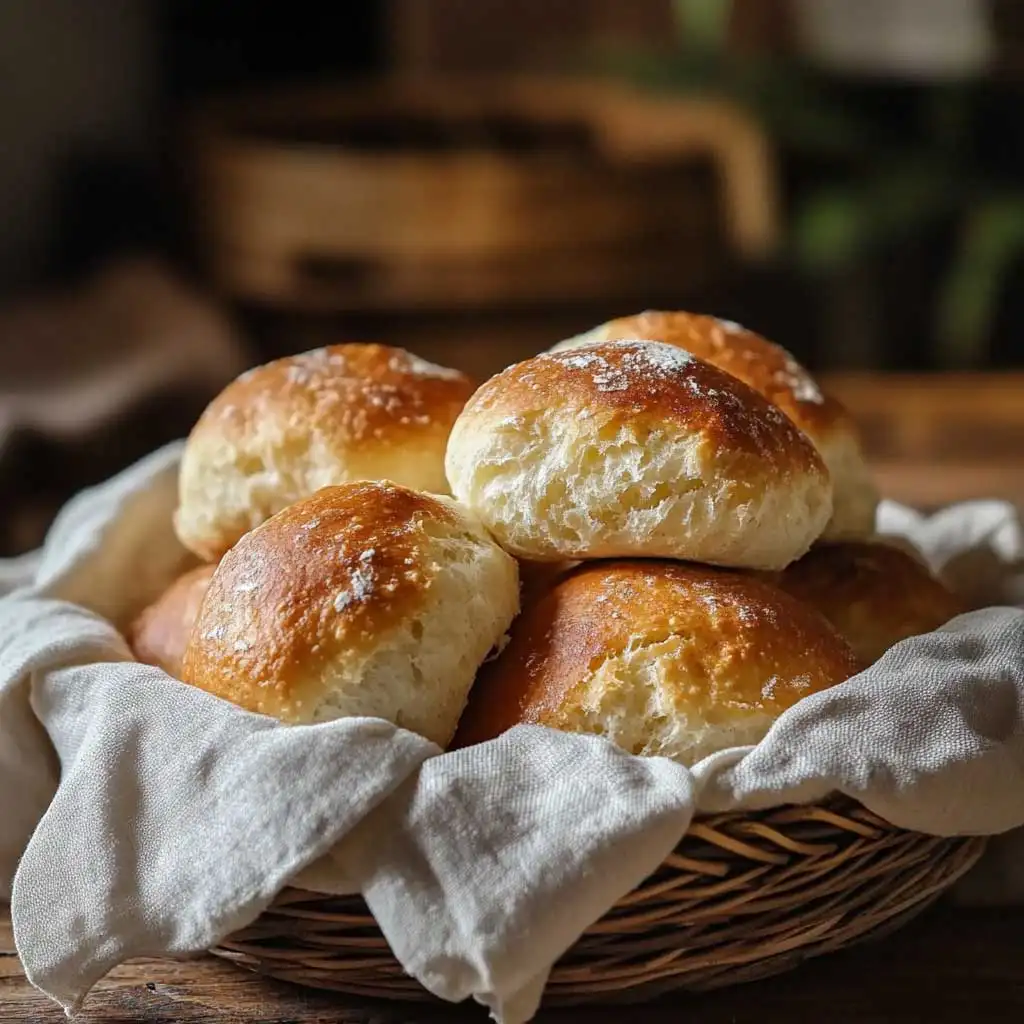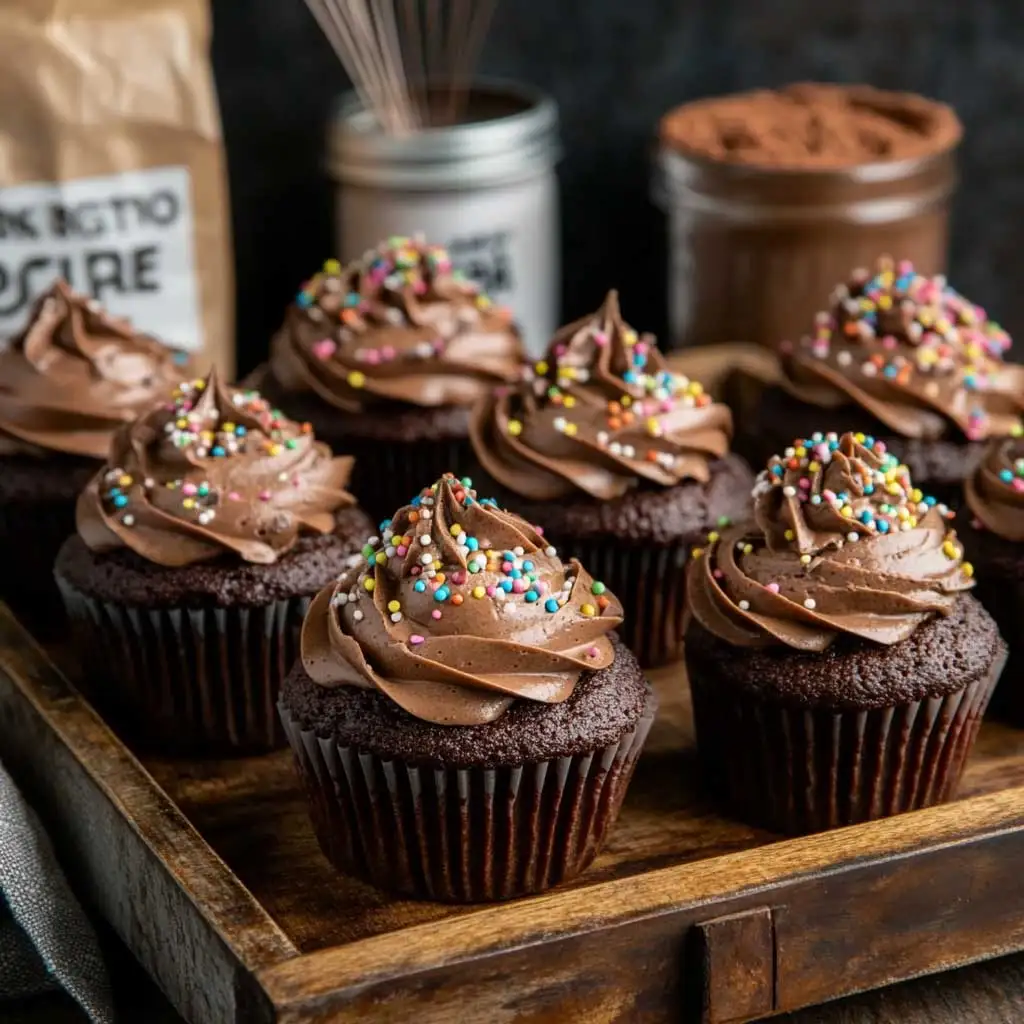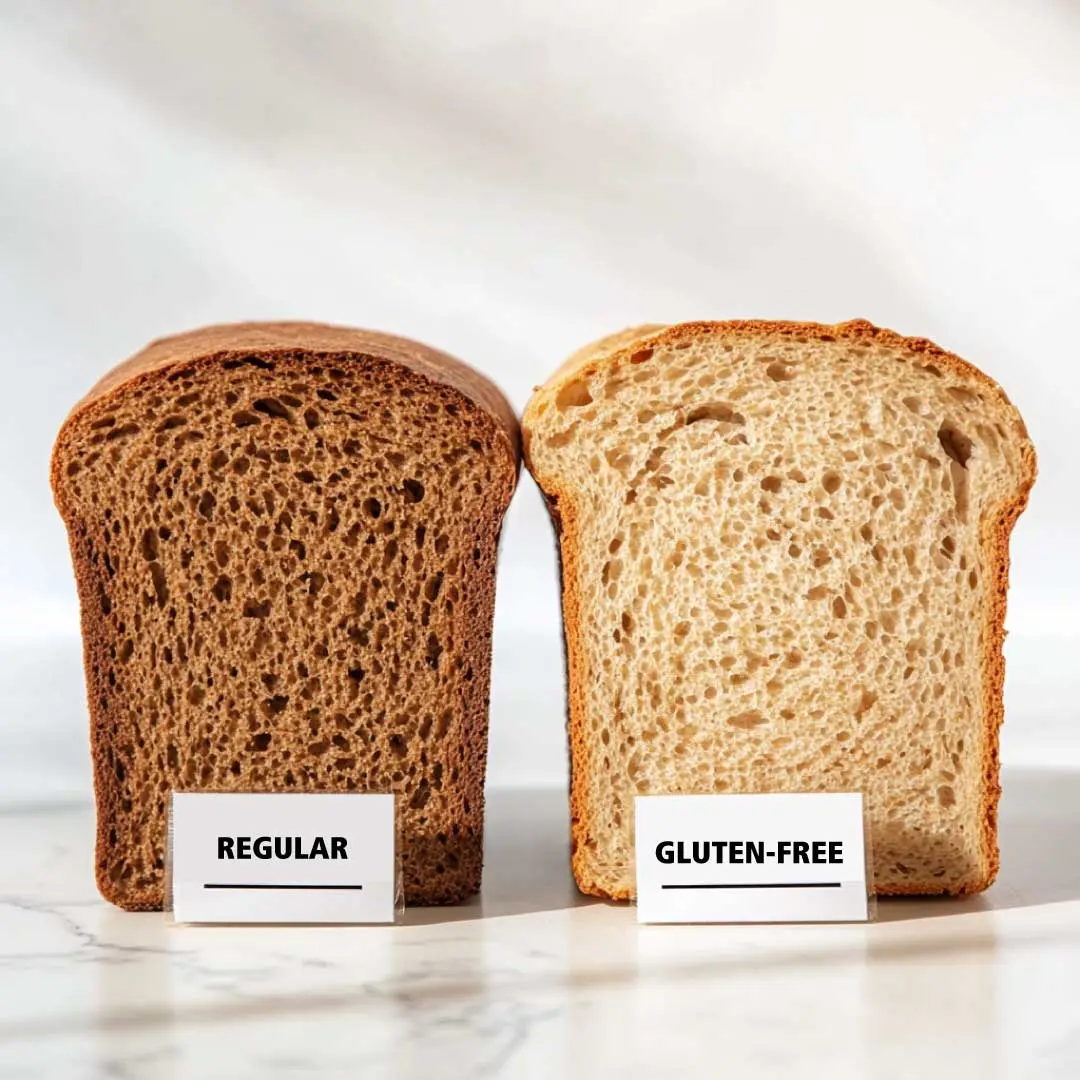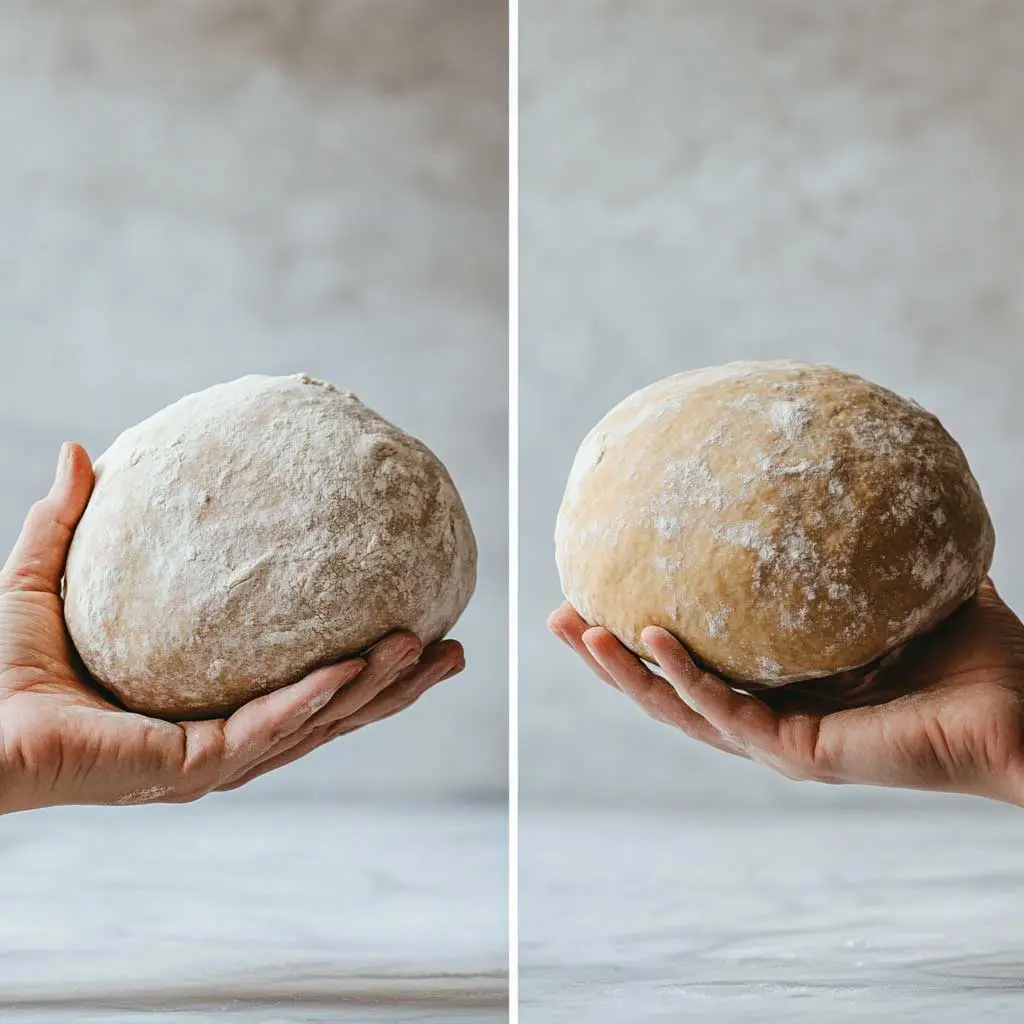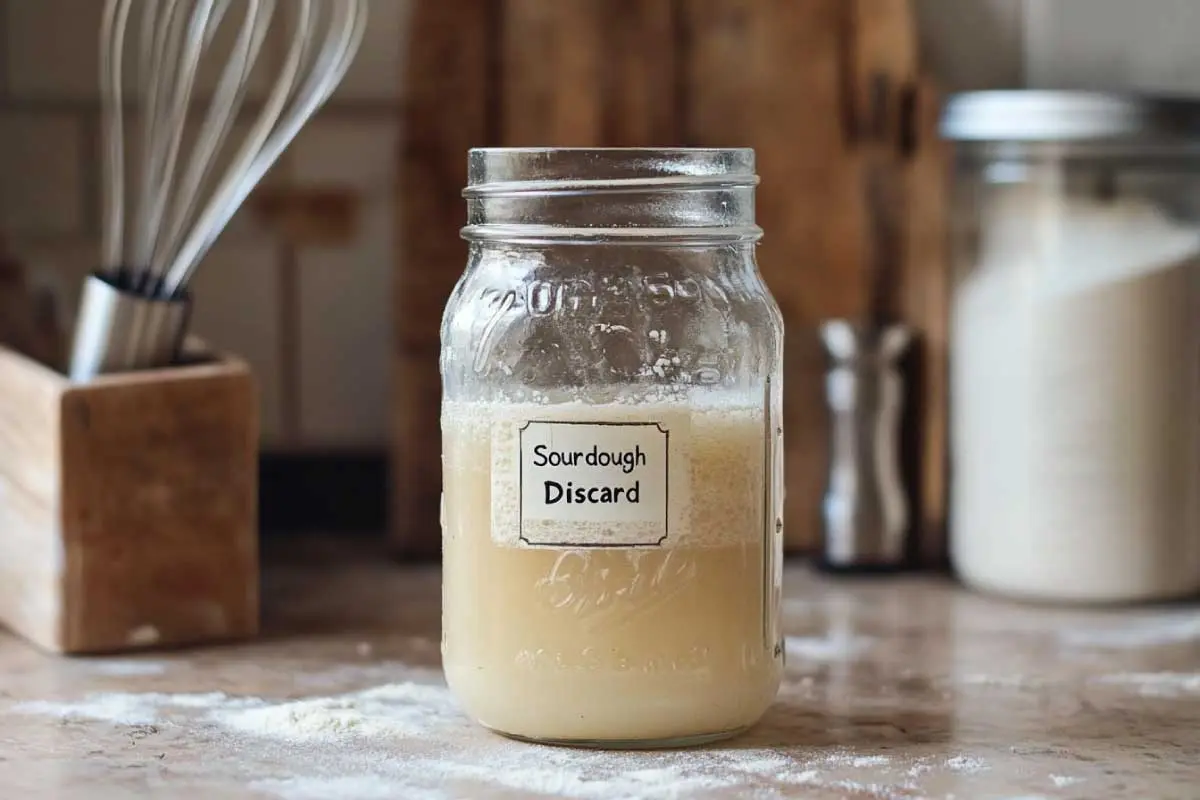
Bread lovers, sourdough enthusiasts, and fermentation-curious bakers, welcome! Let’s address the age-old question nearly every baker faces sooner or later: When has sourdough discard gone bad? Unlike that loaf of bread you forgot in the corner of the pantry, sourdough discard isn’t as straightforward when it comes to figuring out if it belongs in your next recipe—or the trash.
If “sourdough discard” has been your latest obsession—or perhaps your fridge is overflowing with jars of it like mine—I’ve got your back. This blog will tackle everything from how to recognize when your discard has turned to the dark side to tips, tricks, and recipes (yes, recipes!) for making the most out of it before that happens.
What is Sourdough Discard and Why Am I Hoarding It?
First things first: What even is sourdough discard?
Sourdough discard is the portion of your sourdough starter that you remove during the feeding process. Feeding (FYI for the newbies) involves adding fresh flour and water to your sourdough starter to keep it fed and happy. The discard is simply the excess starter you take out and don’t feed.
Now, just because it’s called “discard” doesn’t mean you need to pitch it in the trash. It’s versatile, tangy, and adds incredible flavor to tons of recipes: think crackers, pancakes, brownies, biscuits—you name it. In other words, don’t think of it as waste. Think of it as an ingredient that hasn’t maxed out its potential yet.
But (you knew there was a but coming) sourdough discard doesn’t last forever. And while it’s got more shelf life than, say, a half-eaten salmon filet hanging out in your fridge, it isn’t invincible.
When Has Sourdough Discard Gone Bad?
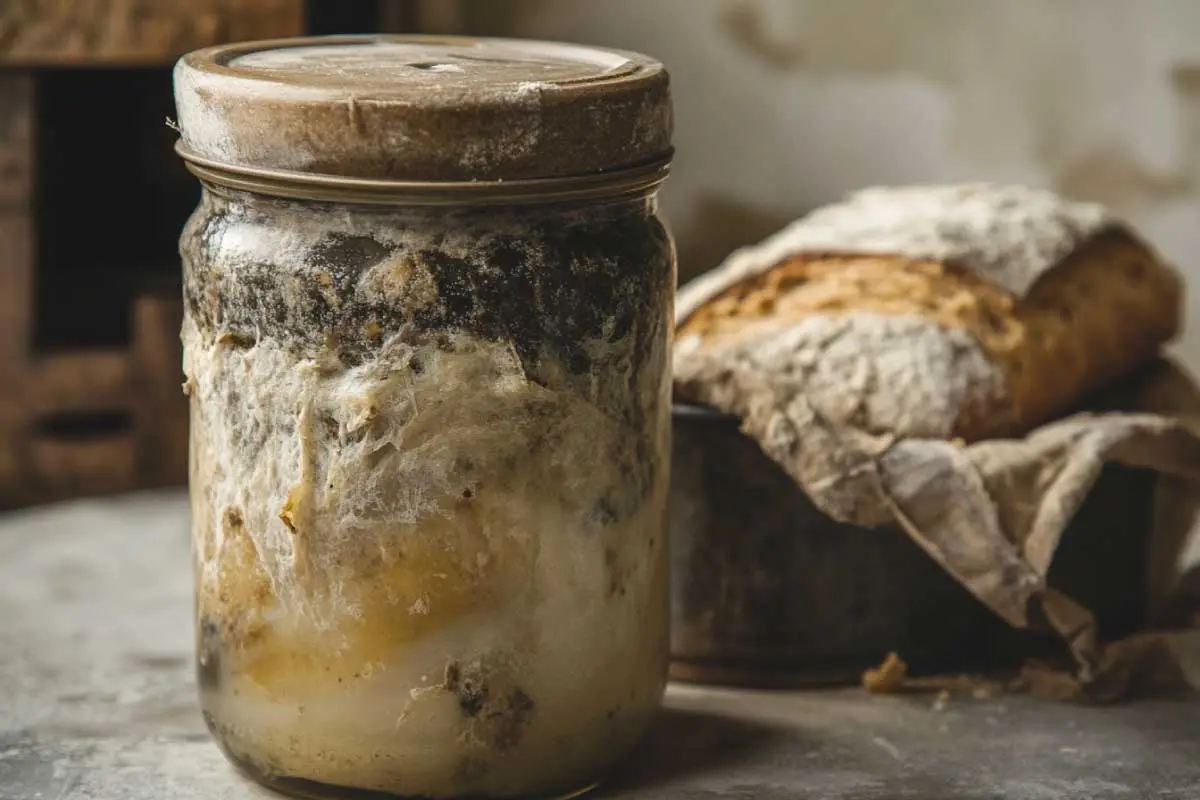
Ah, the heart of the matter: How do you know if your sourdough discard has crossed into Sketchytown™? Don’t worry—I won’t leave you guessing. Look out for these telltale signs:
1. Unwelcome Odors
Your discard is naturally tangy—like yogurt or even slightly vinegary. However, if it starts smelling like paint thinner, nail polish remover, or something aggressive that makes you flinch (ugh, been there), it’s time to let it go. Such chemical-like smells are often a sign of over-fermentation.
2. Visible Mold or Funky Coloration
This one seems obvious, but sometimes it sneaks up on you. If you see mold, it’s game over. Same goes for discoloration that doesn’t look typical (grayish is fine; neon pink or green is definitely not).
3. Unusual Textures
Sourdough discard is typically a smooth, paste-like consistency. If you notice anything slimy or chunky beyond what’s natural for its slight separation (liquid on top is OK, we’ll cover that next), it’s better to be safe than sorry.
4. An Extra Funky “Hooch” Situation
Hooch—the liquid that forms on top of discard—isn’t bad in itself. It’s just alcohol from the fermentation process. A little hooch can be stirred back in for extra character, but if it’s turned dark brown or black and smells off, toss the whole jar.
How Long Does Sourdough Discard Actually Last?
This depends on how you store it.
- At room temperature: Your discard will last only a day or two at most. It’s better suited for “immediate use” when left out; after all, fermentation needs cool conditions to slow it down.
- In the fridge: Stored in a sealed container, sourdough discard can last anywhere from 1 to 2 weeks. That’s the sweet spot for most bakers.
- In the freezer: You can extend its life much longer by freezing it! Just portion it into sealed bags or containers for up to 3 months. Pro tip: Freeze it in pre-measured amounts (like 1 cup) to simplify recipe prep.
Can I Revive Sourdough Discard?
Short answer: Yes and no.
If it just smells a bit stronger than usual or has a thin layer of hooch, mix it well and use it ASAP. However, if any of the grim symptoms mentioned earlier are present (mold, chemical odors, extreme discoloration), don’t risk it. Unlike your starter, discard isn’t meant for reviving.
Make the Most of Your Sourdough Discard: Recipes That Shine

Feeling extra inspired? Let’s put your discard to work before it has the chance to go bad. Here are a few reliable ideas you can keep in your back pocket:
1. Sourdough Discard Pancakes
These are fluffy perfection with just the right amount of tangy zing. Plus, they’re a crowd-pleaser—who doesn’t love pancakes?
2. Sourdough Crackers
If you’re trying to go low-waste, these are an all-star snack. Add a dash of rosemary, sesame seeds, or cracked black pepper for a gourmet twist. (here’s a Sourdough Crackers recipe you’ll want to check)
3. Sourdough Discard Peach Cobbler
This dessert is a flavor bomb, combining sourdough’s tangy notes with the natural sweetness of peaches. (By the way, here’s a peach sourdough recipe you’ll absolutely love.)
4. Sourdough Banana Bread
Banana bread but better—soft, moist, with just a hint of sourdough tang. It’s a dreamy loaf for lazy mornings.
5. Sourdough Brownies
Trust me on this one. Using chocolate and sourdough together feels sophisticated in a way that’ll make you reconsider eating boxed brownies ever again.
Readers Ask: FAQs About Sourdough Discard
Still got questions? I’ve got answers.
Does sourdough discard smell weird naturally?
It’s normal for discard to smell tangy or vinegary. That’s the fermentation at work! But anything chemically or rancid? Toss it.
What’s the difference between a starter and discard?
Your sourdough starter is alive and active—it’s the portion you feed and keep going indefinitely. Discard is the excess you remove during feedings. Think twins, but one is your superstar baker and the other…a benchwarmer.
What’s the easiest way to store discard?
Pop it in a clean, sealed container in the fridge. Bonus tip: Write the date on the container to track freshness. Your future self will thank you.
Final Thoughts: Trust Your Senses (and Your Sourdough Smarts!)
Recognizing when sourdough discard has gone bad is all about paying attention to sight, smell, and texture. Fermentation magic is a fine balance, but with practice and a few handy tips, you’ll know when to bake with it confidently—and when to let it go.
Lastly, don’t let your jar of sourdough discard intimidate you. It’s an ingredient full of potential…and a great way to impress anyone who walks into your kitchen sniffing that fresh-baked aroma. So go on—grab your whisk, preheat the oven, and make something delicious while your discard is in its prime.
Got more discard questions or bake-worthy ideas? Drop them in the comments—let’s geek out together!





